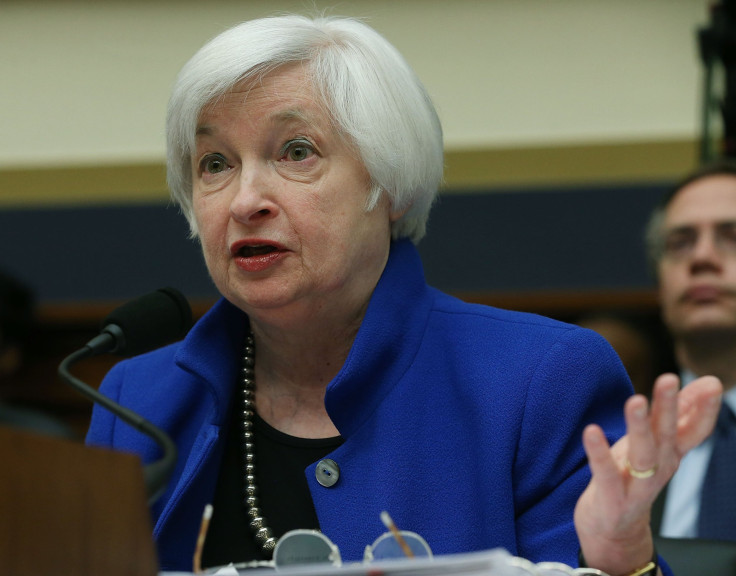Interest Rates: Central Banks Are Going Negative, But Global Financial Markets Aren’t Buying It

Nothing makes a central bank more powerful than its ability to set the price of money, also known as interest rates. So no one, least of all central bankers, enjoy it when financial markets start doubting whether that’s enough to pull economies out of a slump.
The Swedish central bank, the Riksbank, pulled its interest rates further into negative territory Thursday in an effort to avoid deflation and a new slump. The European Central Bank, the Swiss National Bank, Denmark’s central bank and, most recently, the Bank of Japan have all gone this route as well. Even the U.S. Federal Reserve has considered a negative move. Today, however, investors didn’t merely shrug off what central banks did; they hit the sell button.
“The marginal benefit of their intervention is getting smaller and smaller,” Marco Valli, an economist with UniCredit, wrote in an email. Investors “are afraid central bank firepower may not be so powerful after all,” he added.
Stocks sold off around the world after the Riksbank announcement, less important for the global economy than as a signal for heightened uncertainty in 2016 — the signature issue of the year so far.
China’s economy is slowing, by how much, no one really knows, and its government hasn’t been able to find a viable currency policy. Brazil, the other major emerging economy, is in recession and political crisis.
Refugees are flowing into Europe, where there is no sign of firm political will to rise to the challenge of integration or of stopping the Middle East conflicts that are driving people across borders. And Britain will likely vote this year on whether to leave the 28-nation European Union, which would sap its growth for years to come.
The main idea behind negative interest rates is that banks, rather than parking excess cash with central banks, will be more willing to put the money into higher-yielding, but riskier assets — such as a loan to a business that wants to expand, or one to a consumer for durable goods like cars and appliances.
The complication of 2016, and most of the years since the 2008 financial crisis, is that banks don’t see the demand for loans that would make their excess cash useful. So, pushing it back across the table to them doesn’t have the effects central bankers hoped for.
“Banks are not seeing profitable lending opportunities in the economy that they can take advantage of with incremental cash,” Carl Weinberg, chief economist at High Frequency Economics, wrote in a research note.
Even worse, if banks see deflation on the horizon — in Europe and Japan, especially — there’s no reason to lend money that borrowers will pay back in deflated yen or euros. Better to hold on to the cash, or even pay the central bank penalties. It’s all in the math.
There are also other ways to park money at a cost, for example by buying government bonds on which the yield is currently negative — and there are plenty of them in Germany and other countries. And instead of paying a fee — the interest — to central banks right away, investors can look for a chance to dump the bonds on another investor. They don’t have to hold the bond to maturity and take the loss that negative rates entail.
Central banks may also find themselves in a bit of a competition via the always tricky mechanism of exchange rates.
The more other central banks join the fray with negative rates, the more pressure it will put on currencies, since they are in effect pushing new kronor, yen, euros and francs into the world. In theory, that will improve exports, but not if everyone does it. And the European Central Bank is likely to go further into negative territory later this year.
“Europe is now likely to follow with a newer and lower negative interest rate,” said David Kotok, chairman and chief investment officer at Cumberland Advisors.
It’s no wonder that Janet Yellen, chair of the U.S. Federal Reserve, was extremely cagey when she spoke of negative interest rates in her appearance before Congress this week. The Fed was pondering negative rates, she told a congressional committee on Wednesday, “in the spirit of prudent planning,”
© Copyright IBTimes 2024. All rights reserved.











